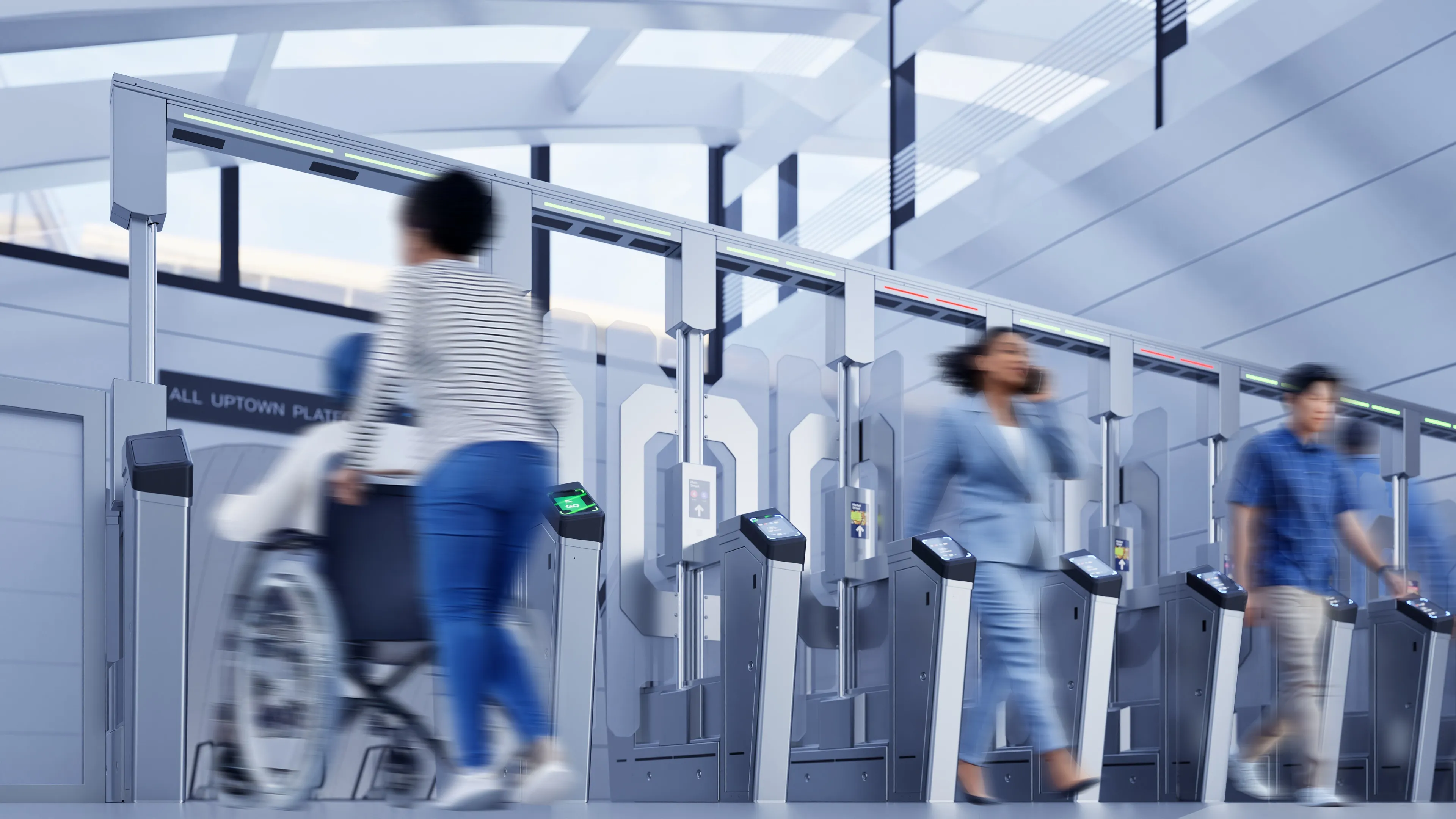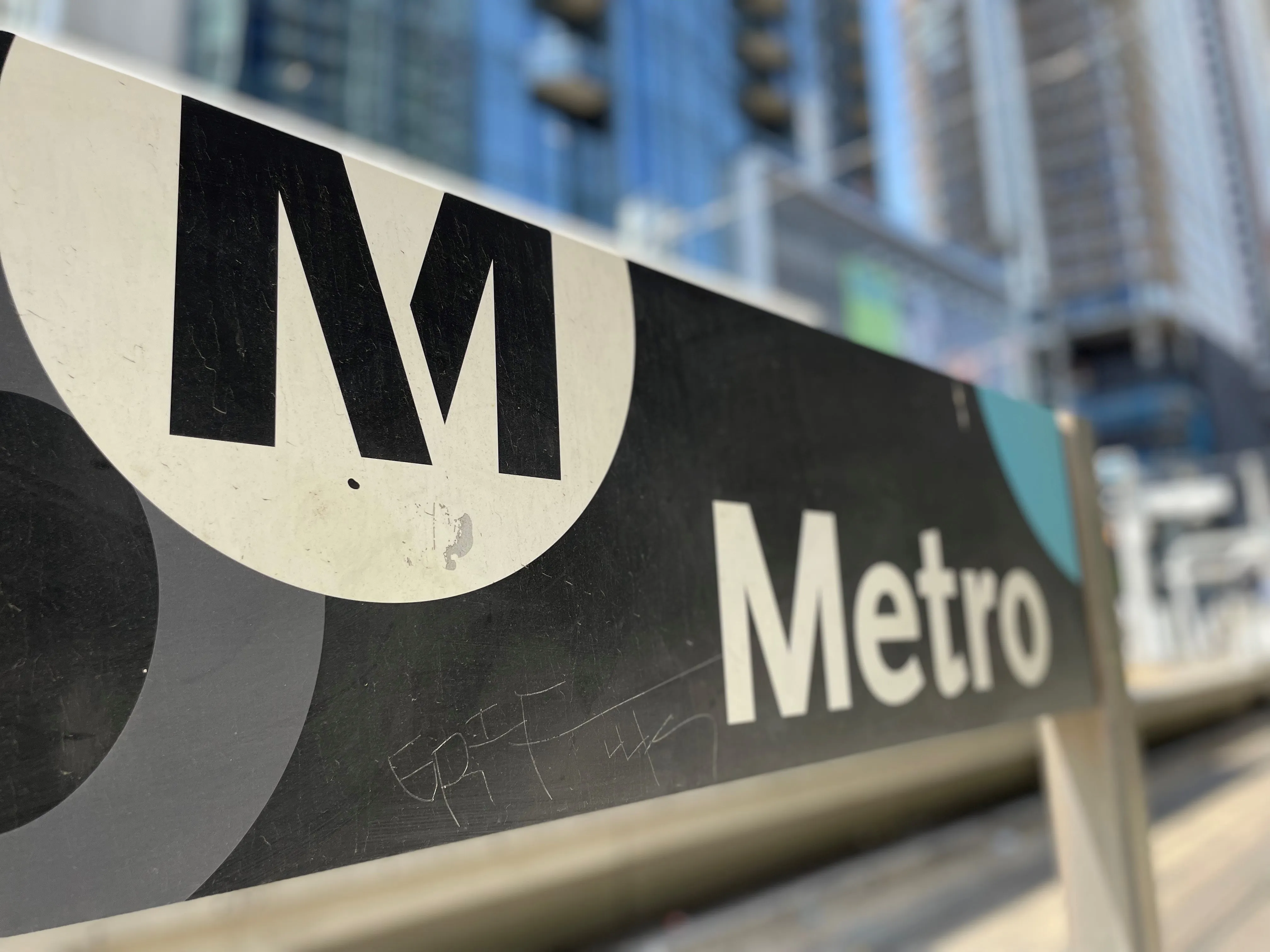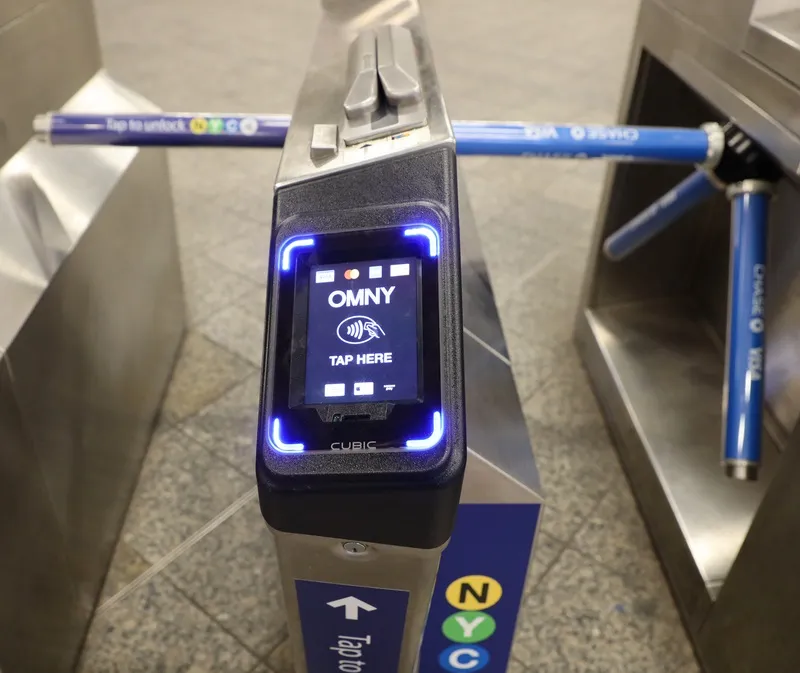
Cubic Transportation Systems has introduced the fare gate system FEnX to help reduce fare evasion and optimise station efficiency.
Cubic, which has just won a $211m fare payment contract with Septa in Pennsylvania, US, says FEnX enhances revenue protection by leveraging computer vision with intelligent sensor fusion, GenAI, and machine learning to detect fare evasion in real time while ensuring seamless entry.
The gate can accurately detect, record and flag fare evasion as it’s happening - distinguishing between different types of fare evasion, such as pushing through or climbing under the paddles or tailgating, with great accuracy.
The system also recognises legitimate scenarios, such as a mother holding her child’s hand versus someone who is fare evading.
Peter Montgomery-Torrellas, president of Cubic Transportation Systems, says: “We've listened to transit agencies worldwide and created an end-to-end solution that addresses current needs and anticipates opportunities for the future.”
The system is operated by Flare - Fare Loss Avoidance Reporting Engine - Cubic’s computer vision software, which analyses fare evasion incidents and generates detailed real-time reports for operations and enforcement personnel. The system provides transit authorities with actionable insights, helping them pinpoint fare evasion hotspots, guide enforcement strategies, optimise station operations and create a more secure environment for riders.
While Flare uses computer vision technology and GenAI to classify objects and detect fare evasion, Cubic insists it also ensures strict privacy protection. It does not, and cannot, capture or disclose any personally identifiable information or biometric data, such as facial features or finger prints.
Accessibility remains a key priority for modern transit systems and FEnX achieves this by providing a smoother entry and payment experience by recognising a wide range of passenger needs.
Equipped with ultra-wideband hands-free technology, the gate will enable touch-free access, making it easier for riders carrying luggage, parents with prams and passengers with disabilities to move effortlessly through stations. It can recognise when a passenger needs extra time, keeping the gate open accordingly and reducing false positives that could disrupt travel.
FEnX also features remote monitoring and customisable configuration capabilities. This enables operators to update settings, sounds and messaging in real time without the need to deploy software changes.
Meanwhile, the system’s API-forward architecture ensures seamless third-party integrations, Cubic says, including integrated advertising displays that can open new revenue opportunities for agencies. Maintenance and long-term reliability is ensured through 100% commercially available parts.
Cubic adds that FEnX - made in the US - is the lightest weight, most compact design available in the market, maximising station space and allowing for additional aisles, increasing passenger throughput and reducing congestion during peak hours and major events.









